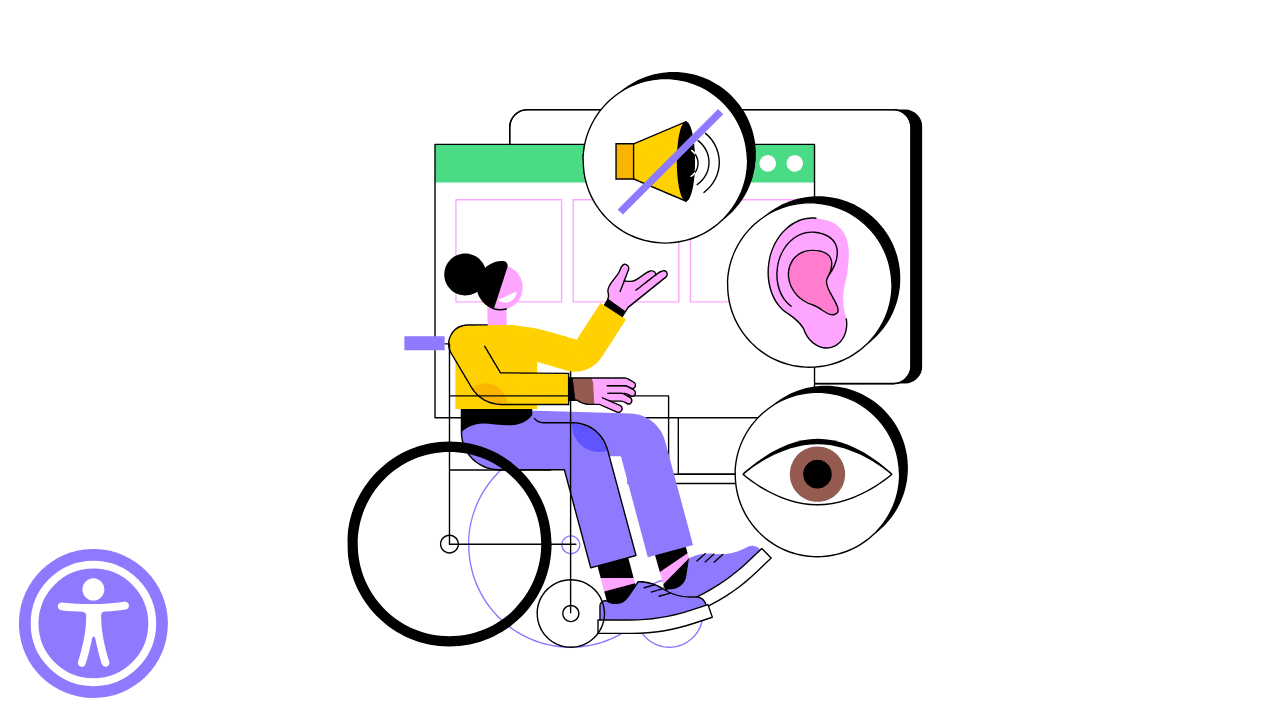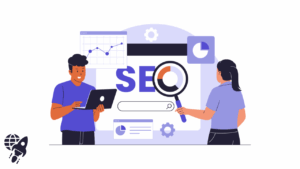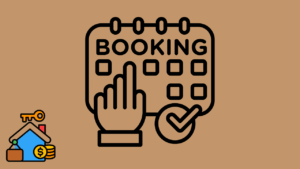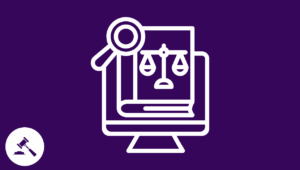How can businesses protect their online presence in 2025 and upcoming years? In this article, we’ll explore the accessibility lawsuits ahead and discover the real cost of ignoring website accessibility in 2025.
By prioritizing digital accessibility in their core functionalities, isn’t it?
Lately, it has become a reality for several businesses that their websites are breaking the accessibility laws and facing the litigation. From small online stores to industry giants, no one is immune.
And what is the cost of ignoring web accessibility?
Not just financial penalties, but loss of customers and revenue!
This article will help unpack the legal risks of non-compliance and how a business can stay ahead of its competitors.
Importance of accessibility in web design! Cost of ignoring website accessibility
Accessible web design ensures that people of all abilities can interact with websites and digital content, including individuals with visual, auditory, cognitive, or motor impairments.
Website accessibility is crucial because banking, education, healthcare, shopping, and almost all other basic requirements have switched to online modes in some or the other form.
Businesses must prioritize accessibility and implement it to their core values. Digital accessibility empowers all users, enhances user experience, and supports universal digital equity.
Every business that embraces accessibility from the ground up is not only being socially responsible but also future proofing its brand against compliance risks and market exclusion.
Website accessibility – what it is and who needs it!
Website accessibility refers to creating digital content that can be usable for everyone. To create such inclusive content, organizations require to adhere to best practices of website design and development. This includes:
- Users relying on screen readers due to any sort of vision impairment.
- Individuals with limited mobility
- People with hearing impairments and need captions or transcripts for multimedia content.
- Users with cognitive disabilities (require simplified layouts and clear navigation).
According to the World Health Organization, over 1.3 billion people live with some form of disability – that’s 16% of the global population.
Thus, making websites accessible isn’t serving a niche audience; it’s about meeting the needs of a significant user base!
The legal risks of ignoring accessibility – problems of concern!
In 2025, the legal landscape around digital accessibility is stricter than ever. Countries like the United States, the UK, Canada, and EU member states have ramped up enforcement of accessibility regulations:
- ADA Title III (US): Businesses offering public services must ensure their websites are accessible to people with disabilities. Non-compliance has led to thousands of lawsuits from users encounter barriers in previous few years.
- Section 508 & Section 504 (US): Federal and federally funded agencies need to comply with these regulations as per their categories. (Please note: Section 508 is specifically for federal agencies and their digital products whereas Section 504 is applicable to a wide range of entities receiving federal financial aid.)
- European Accessibility Act (EAA): From June 2025 onward, companies operating in the EU must comply with EAA or be ready to encounter fines and enforcement actions.
- EN 301 549: A key standard in the EU that outlines accessibility requirements for digital products and services.
Legal risks include: Cost of Ignoring Website Accessibility
- Lawsuits and legal complaints: Civil suits have increased significantly, with industries like retail, banking, education, and hospitality often targeted.
- Monetary penalties: Businesses can face hefty fines, remediation costs, and settlement fees.
- Reputation damage: Lawsuits can spark negative PR, customer backlash, and loss of trust.
- Lost business opportunities: Inaccessible websites often lose government contracts, important partnerships, and international market share.
Reliable practices to avoid these legal risks!
Avoiding accessibility-related legal trouble requires proactive effort. Let’s see what can be done:
- Conduct an accessibility audit
Begin with a WCAG 2.2-based audit (the latest version of WCAG). Use a combination of manual audits by experts and automated tools, followed by user testing with people with disabilities, to assess a website.
- Create an accessibility remediation plan
Once issues are identified, outline a prioritized roadmap to fix them. This includes code-level changes, design adjustments, accessible document updates, dynamic content modifications, etc.
- Partner with accessibility experts
Work with experienced vendors offering consulting, remediation, VPAT (Voluntary Product Accessibility Template) documentation, assistive technology testing, and ongoing audits.
- Implement accessibility by design and development
Adopt accessibility in the primary stage of website building instead of giving it an afterthought. Such as, choose accessible CMS or ecommerce platforms, design keyboard-friendly interfaces, and ensure semantic HTML and proper use of headings.
- Train teams
Educate developers, designers, content creators, and decision-makers about inclusive design practices. Conduct regular training sessions to help them stay updated on WCAG criteria, ADA and EAA regulations, and common development errors.
- Use assistive tools and widgets thoughtfully
While accessibility overlays or widgets like All-in-One Accessibility can help improve accessibility, they should not replace native accessibility features. Select widgets that comply with WCAG and allow users to control preferences without interfering with screen readers or keyboard navigation.
- Develop an accessibility statement and feedback mechanism
Publish an accessibility statement containing website accessibility and remediation efforts. Along with all other details – website accessibility level, testing methods, remediation practices, timeline to fix the issues – provide correct contact information for users to submit their feedback.
- Monitor legal updates and evolving standards
Accessibility law is constantly evolving. The teams must keep a track of updates to WCAG versions, ADA case law, EAA enforcement timelines, and regional or industry-specific mandates.
The future of digital accessibility – An important aspect!
Upcoming years will witness digital accessibility becoming standard operating practice. Moreover, governments are expected to tighten enforcement. However, AI and automation will make it easier to detect and fix accessibility barriers – human oversight will remain critical. Accessibility will also factor heavily into ESG (Environmental, Social, Governance) reporting and global corporate responsibility benchmarks.
In a nutshell, the real cost of ignoring website accessibility
In 2025, ignoring website accessibility is a legal risk an organization can’t afford. It’s not just about avoiding lawsuits – it’s about creating digital spaces where everyone feels welcome and included. Accessibility is no longer a good practice; it’s a must-have strategy for legal compliance, user engagement, and brand reputation. As the digital world grows more inclusive, businesses that lead with accessibility will stand stronger in every market.








